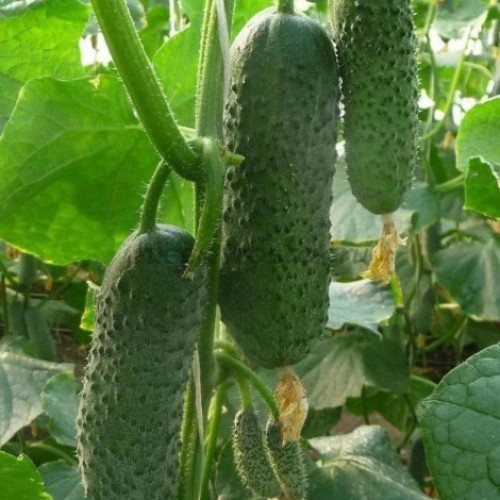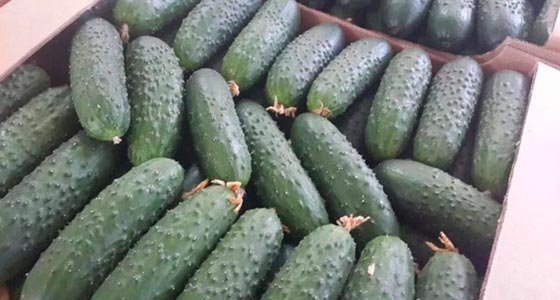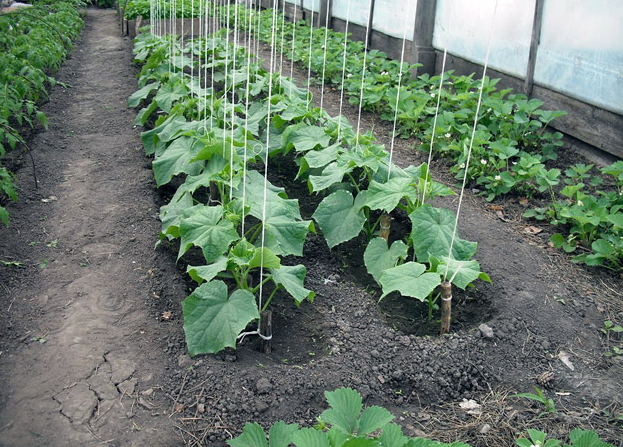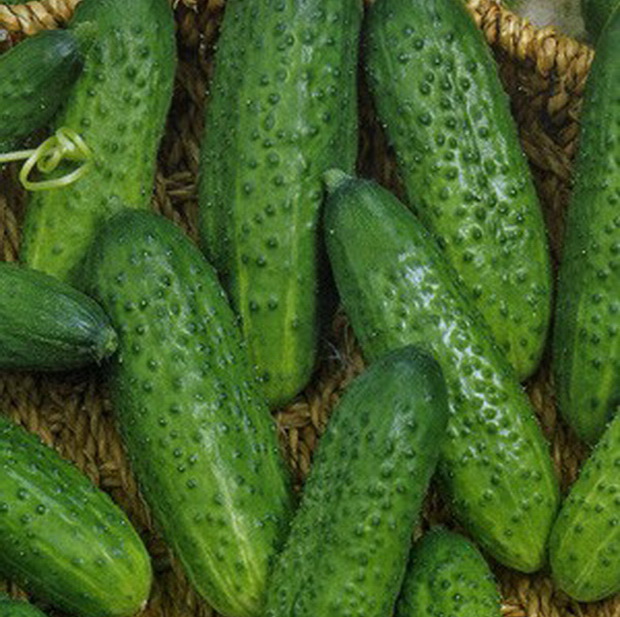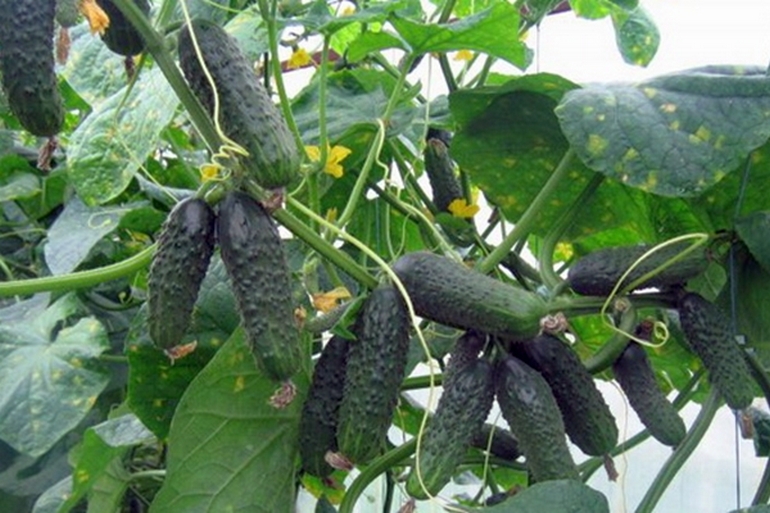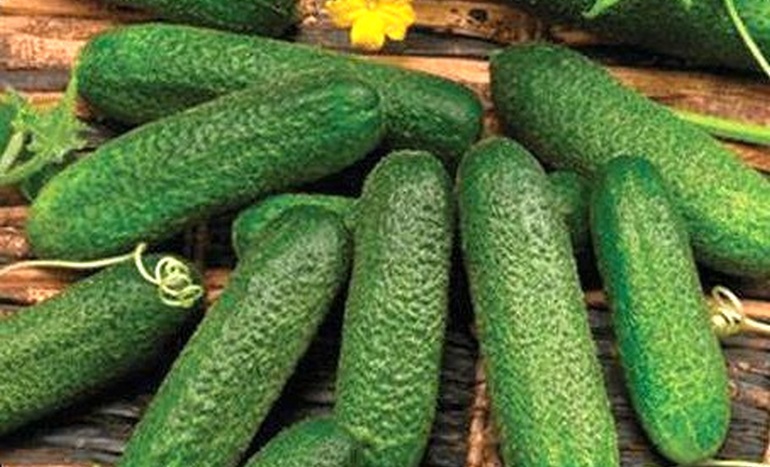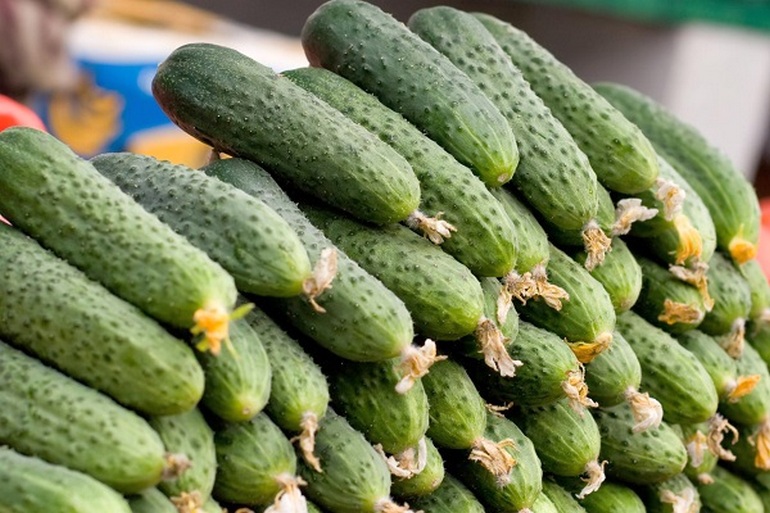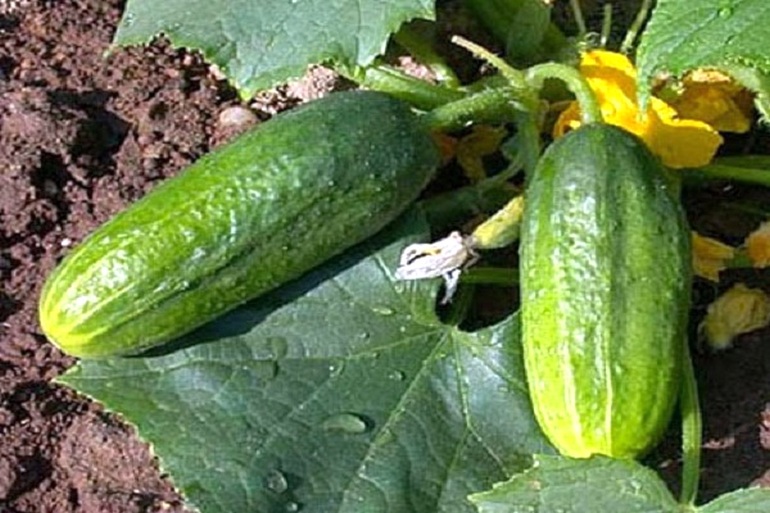As a rule, gardeners seek to plant cucumber varieties on their site that give the maximum return with minimal maintenance. Ideally, at the same time, the variety is early ripe and bears fruit until the very end of the season, does not overripe and does not depend on the weather. It is considered a great success to find a variety with all the indicated qualities.
Today, buyers are offered many varieties of cucumbers with different characteristics. Thanks to modern breeding methods, the newest hybrids have decent qualities - increased productivity and early ripening, disease resistance even in adverse weather conditions. One of the best such hybrids is the Bjorn cucumber. As soon as people do not call this hybrid - Bjorn cucumber, Bjorn cucumber, Bern cucumbers, Bjorn cucumber. These are erroneous names, but it just proves that a hybrid of cucumbers called Bjorn has earned universal popular love.
This hybrid is one of the best representatives of the Dutch selection. The company "Enza Zaden" presented it to customers in 2014, a year later the cucumber was included in the State Register of Russia. Dutch companies are rightfully considered the best vegetable breeders in the world and for many years have been creating unique varieties and hybrids based on the best breeding varieties and the highest quality genetic material.
Feature and Description
Cucumber Bjorn is an early hybrid of a parthenocarpic (self-pollinated) gherkin type cucumber, which allows you to get record yields both in greenhouses and simply in a garden bed. This variety belongs to the Sprinter type hybrids.
- the greatest yield of the crop falls on the first 2-3 months of fruiting;
- belongs to the bouquet type of ovary, forms several cucumber ovaries in one knot;
- it is a slender, beautiful, open plant with short lateral shoots; large leaves and a heavy-duty root system are especially admirable;
- the average length of the fruits is about 10 cm, the fruits are even, strong, without bitterness and voids, well studded;
- Zelentsy perfectly tolerate long-term transportation and long-term storage without loss of presentation. They are good for salads, pickling and pickling.
Bjorn - an early ripe hybrid, the fruits can be consumed as early as 37-40 days after germination. In this case, it does not matter whether the plant is grown in closed or open ground, it is planted in seedlings or the seeds are planted directly in the ground. The unique feature of this hybrid is:
- high germination of seedlings and stable, very high yield;
- a very important and pleasant feature for the gardener - the variety practically does not need to form a bush and pinch;
- can be grown both in greenhouses and without any protection and shelter.
The Björn hybrid is very resistant to the main diseases of cucumbers - powdery mildew, spotted olive, cucumber mosaic, yellowing of veins. But under bad weather conditions - early cold snaps, poor and rare watering and feeding - the plantings can be affected by other infectious diseases, such as white rot, bacteriosis, anthracnose. These diseases are treated by spraying with Bordeaux liquid, removing damaged leaves and many drugs, which are now presented in a large assortment in stores.
The best time for sowing is April.Before planting, the seeds are treated with a weak solution of potassium permanganate for half an hour. After that, they are sown in seedling cups. It is watered daily with warm, settled water, it is more saturated with oxygen. Seedlings appear on the third - fifth day.
Drying of the soil or excessive moisture is unacceptable. It is important that the plants receive good lighting. In a permanent place, seedlings are planted in the phase of 4-5 leaves. The planting scheme is 150 by 30 cm. For these cucumber crops, a trellised cultivation method is used, the stems are tied to a trellis.
Cucumbers are tied from the first bosom.
Water the cucumbers with warm water, the best time for watering is early morning. The frequency depends on the air temperature and relative humidity in the growing region. In colder regions, 1-2 waterings per week are sufficient, in hot and dry regions - at least 3 times a week. Cucumbers are very moisture-loving plants and insufficient watering impairs the quality and volume of the crop. Particularly abundant watering is needed during the growth of green mass and the formation of fruits.
When watering, the water should fall under the leaves, and not on the plants, so as not to create conditions for the development of diseases. It is imperative to use only warm water for irrigation; when watering with cold water, plants significantly slow down their growth. The weeding of the beds is carried out as the weed grows. It is advisable to loosen the soil after each watering.
Bjorn cucumbers are fed up to 6 times a season. As a top dressing, organic and mineral fertilizers are used alternately, it is very important to follow the instructions for use for fertilizers. Organic fertilizer provides an increase in the green mass of plants and allows them to grow intensively, mineral fertilizers increase the yield in general and the return from each particular bush.
It is imperative to collect greens every two to three days so that the cucumbers do not lose their presentation. The fruits are harvested early in the morning or late in the evening during cool weather, when they contain as much water as possible. This will keep them fresh and attractive for a long time.
They pluck the greens carefully, holding the whip with their hand so as not to damage the plant. Immediately remove low-quality fruits: irregularly shaped cucumbers, with scratches and spots. After harvesting, the crop should be placed in a cool place, preferably in a refrigerator or cellar, packed in a plastic bag. Cucumbers are ideal for both salad and canning. A little effort - and the result will exceed expectations!
